Europa Mission To Search For Life Gets NASA Greenlight
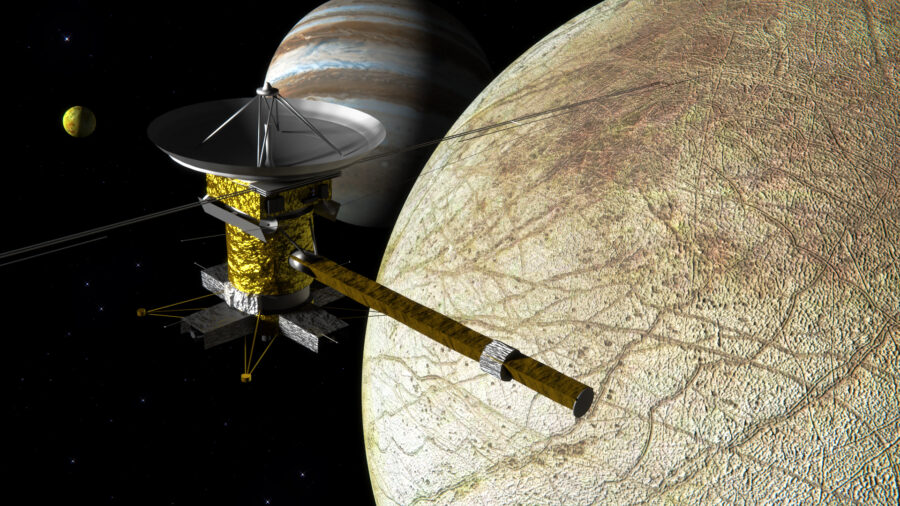
In mere weeks, NASA will launch an orbiter bound for Jupiter’s moon, Europa, in a first-of-its-kind exploratory mission to search for life on the moon’s icy surface. It has long been believed that there is a vast ocean beneath the ice on Europa’s surface, but years of budget problems and technical issues have plagued the Europa Clipper mission, so there was no way to find out. Finally, NASA has announced that the exploratory mission will proceed as scheduled on October 10.
Arriving In 2030
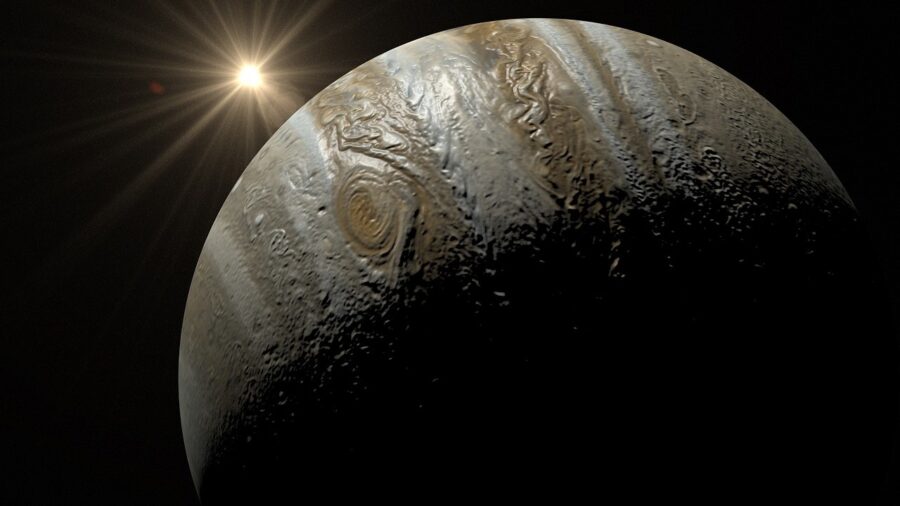
After its launch, the Europa Clipper will arrive in orbit around Jupiter in April of 2030 and use its unique instrument array to begin measuring conditions on the icy moon. The research mission aims to determine if there are conditions on Europa that could support life, especially in the vast saltwater ocean beneath the ice on its surface. Apparent rifts on the moon’s expansive surface indicate that geologic activity could be warming Europa’s oceans up, priming them for the presence of living beings.
Frequent Delays
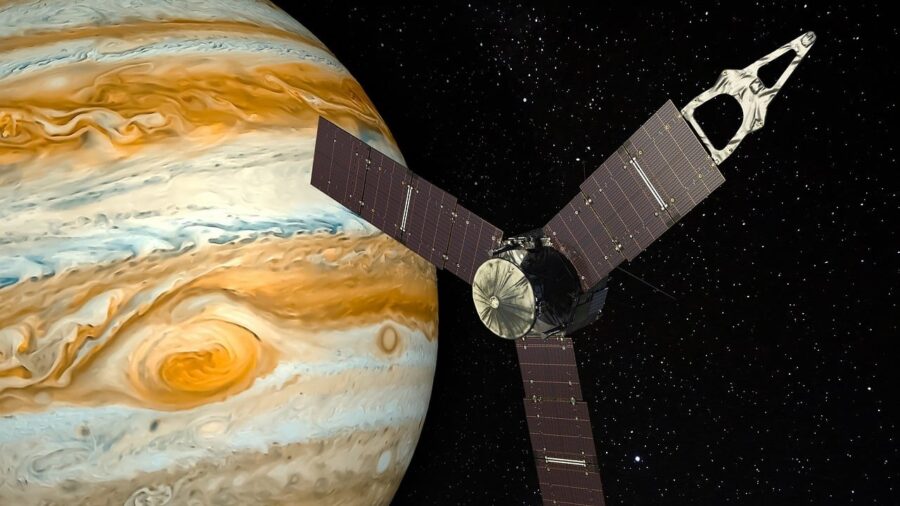
While the Europa Clipper mission has been delayed several times, first due to budget constraints and then due to a mandate from Congress that the orbiter be delivered to space via a NASA Space Launch System rocket, which was subsequently also delayed, NASA has finally given the craft a green light to launch on time.
The craft will leave Earth minus one instrument called a magnetometer due to cost, but a previous transistor issue that threatened to delay the mission yet again was solved, and the craft will go forward on its planned schedule. The orbiter will depart Earth on a SpaceX Falcon Heavy Rocket after getting the go-ahead from Congress to switch vehicles.
A Historic Spacecraft
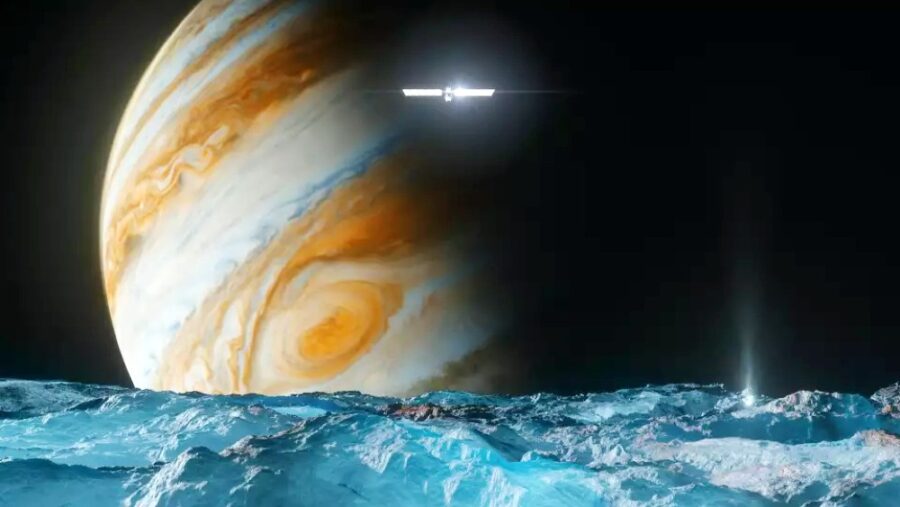
The largest spacecraft ever built for a planetary mission, the Europa Clipper has a solar array that measures 30 meters when it’s open. The clipper weighs 3.2 tons and is 5 meters tall. Nearly half the weight of the huge craft will be fuel, to begin with, so it will get significantly lighter as it uses up fuel for maneuvering.
The Europa Clipper will take about a year in Jupiter’s orbit to get into position before it does its first pass of the surface of Europa.
Almost 50 Planned Flybys
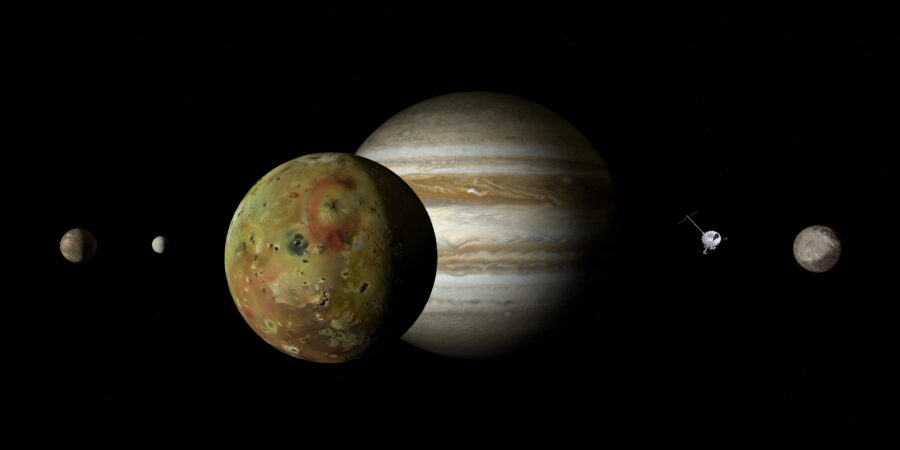
The orbiter will fly past Europa 49 times, coming within 25 kilometers of the moon’s surface in order to collect data on the environment and geology there. Since Jupiter‘s magnetic field is around 25 times stronger than Earth’s, the Europa Clipper will be bombarded with charged particles and strong magnetic waves, so NASA has conducted extensive testing of the transistors’ ability to withstand the abuse.
The transistors have held up under extreme testing, according to NASA scientists, and they have approved them for use on the orbiter.
#AskNASA
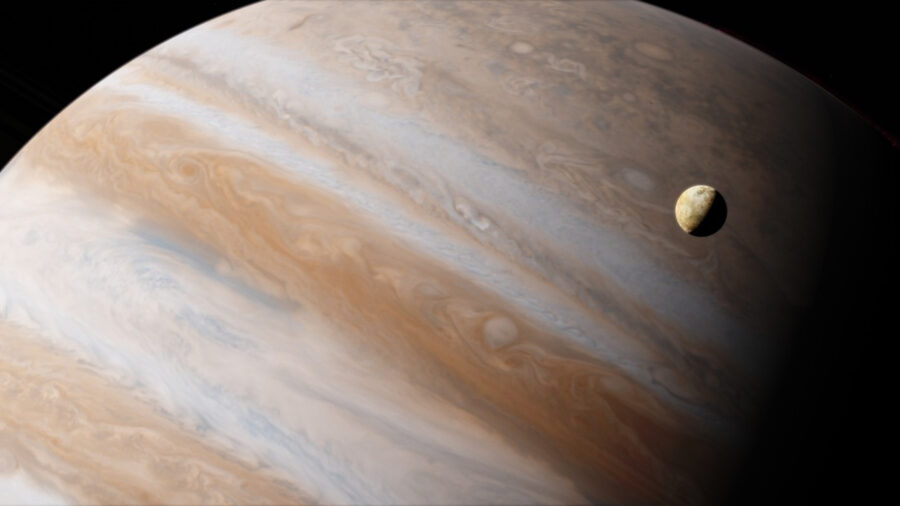
NASA plans to hold a press conference on September 17 to discuss plans for the Europa Clipper mission, answering questions from social media as well as the traditional press about plans for the upcoming mission. If you would like to submit a question to the research team, you can include the #AskNASA in a post for them to review.












